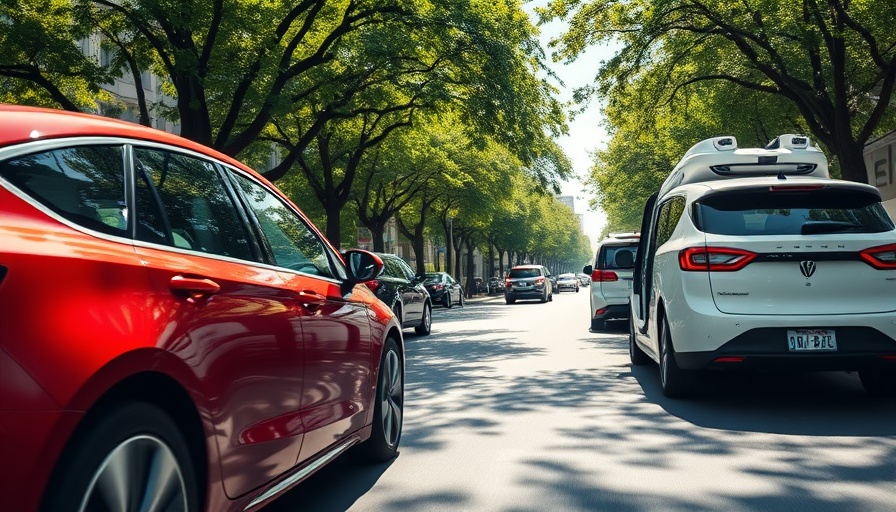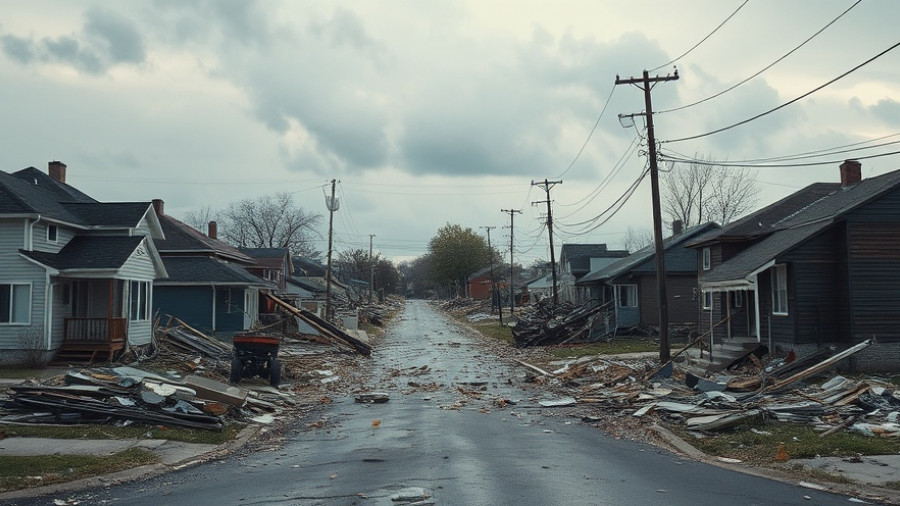
Why Autonomous Vehicles Could Transform Insurance Profitability
As the auto insurance industry stands on the brink of a technological transformation, Bank of America analysts are predicting that the shift to autonomous vehicles may represent a significant financial opportunity for insurers. With driverless technology rapidly developing, concerns about liability are shifting, pushing the burden from individual drivers to manufacturers and software firms. This shift could diminish a long-standing issue that has hampered profitability for insurers in a market traditionally fraught with high liability costs.
Understanding the Shift in Liability
Currently, most auto accidents are managed through personal auto insurance, with drivers held liable for accidents caused by their actions. However, with the introduction of autonomous vehicles, the question of liability becomes complex. Since no driver is present, who is responsible when an accident occurs? Analysts from Bank of America suggest that insurers may benefit from this shift, as commercial insurance providers would take on the liability for accidents. The benefit here lies in the reassignment of risk, allowing personal insurers to offload some of the financial responsibilities associated with claims.
The Problem of Perceived Risk and Actual Profitability
Critics argue that a reduction in accidents, thanks to automated driving technology, could negatively impact insurers' profitability. They posit that fewer accidents mean less need for comprehensive insurance, thereby eating into insured margins. However, as noted in the Bank of America report, despite progressive improvements in vehicle safety technology, the severity of accidents has risen, resulting in higher payouts than the reduction in claims frequency might suggest.
Trends in Auto Insurance and Future Implications
The imminent rise of driverless vehicles demands a re-evaluation of the $400 billion U.S. auto insurance market. A report by Goldman Sachs indicates that the reducing number of human-error accidents could revolutionize insurance structures. As companies like Tesla and Waymo develop their autonomous taxi services, traditional insurers may need to pivot quickly, adapting their policies and coverage strategies to meet changing risks.
Preparing for Change: What Car Owners Need to Know
For vehicle owners navigating the evolving landscape of insurance claims, understanding these shifts in liability will be crucial. This knowledge can arm you when it comes to filing an insurance claim, especially in the case of property damage from a car accident. Here are some actionable insights to keep in mind:
- Clarify Your Coverage: As your vehicle becomes more autonomous, ensure that your insurance policy reflects any changes in liability concerns. Speak with your agent regarding how changes in technology may affect your coverage.
- Document Everything: In case of an accident, keep thorough records of events, including pictures, witness accounts, and police reports. This documentation can support your property damage claim, especially if liability is contested.
- Understand the Claims Timeline: After an accident, knowing how long to wait for a payout or an adjuster's response can alleviate stress. Familiarize yourself with your insurance company’s procedure so you can effectively track your claim.
Conclusion: The Road Ahead
The intersection of autonomous vehicle technology and the insurance sector presents a rich landscape of opportunities but also complexities. As these technologies mature, the understanding of consumers around the potential changes in their insurance liability can help them navigate claims processes and negotiations more effectively. Take the time to review your current coverage and prepare for the future of auto insurance in the age of driverless cars.
For more insights and expert advice on navigating insurance claims amidst these changes, stay informed and prepared. Understanding your rights and options can empower you to handle any insurance-related challenges more effectively.
 Add Row
Add Row  Add
Add 




Write A Comment